Manufactured Home Siding Repair Tips
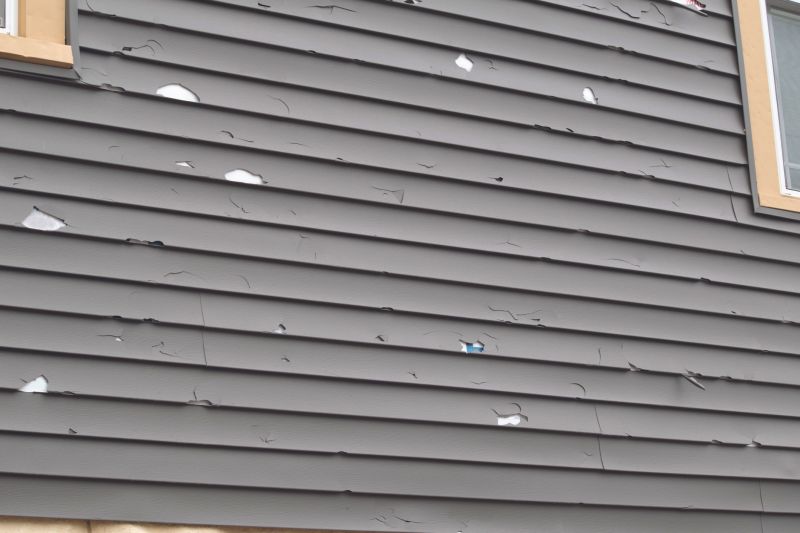
Inspecting siding for cracks, warping, or holes is essential before repairs.

Replacing damaged siding panels restores structural integrity and appearance.
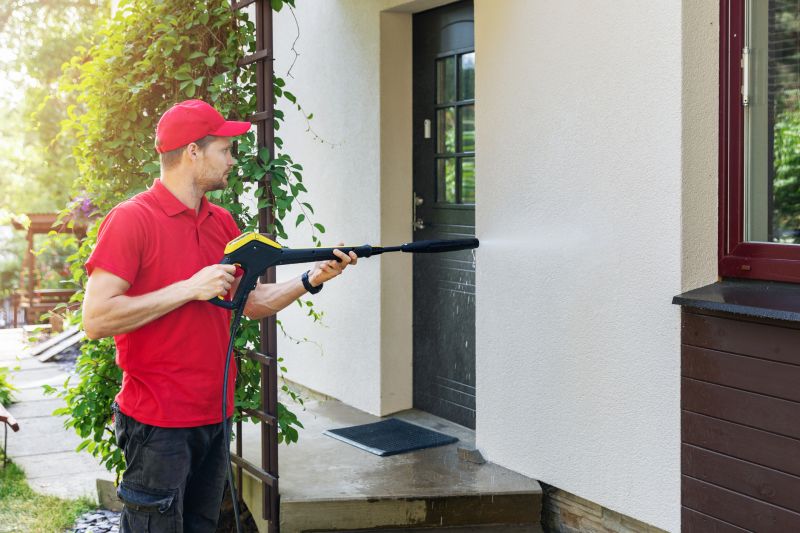
Cleaning and prepping surfaces ensure proper adhesion of new siding materials.
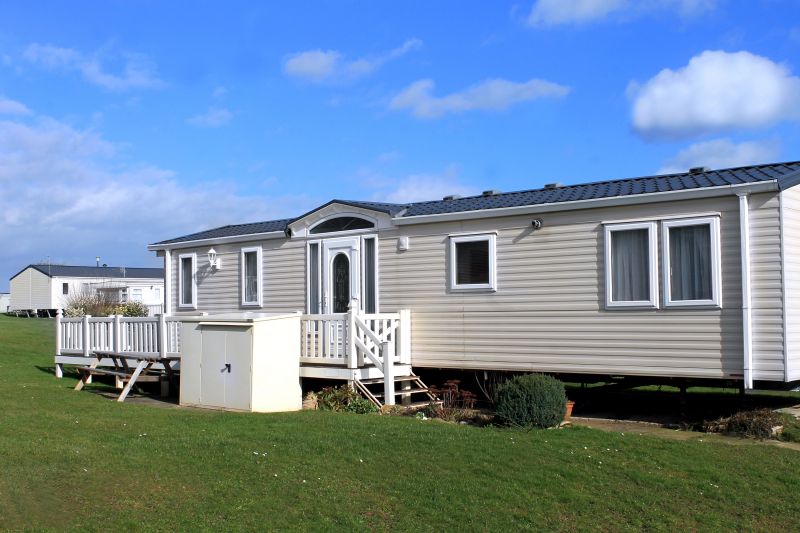
Ways to make Manufactured Home Siding Repairs work in tight or awkward layouts.

Popular materials for Manufactured Home Siding Repairs and why they hold up over time.

Simple add-ons that improve Manufactured Home Siding Repairs without blowing the budget.
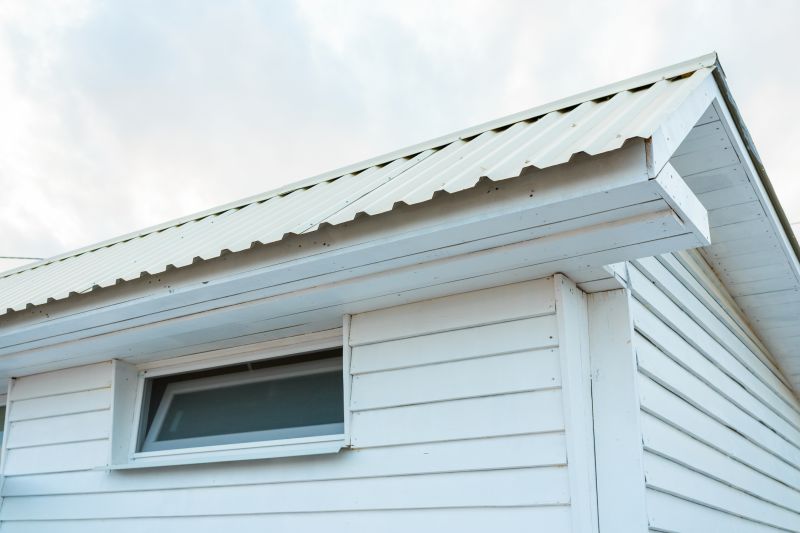
High-end options that actually feel worth it for Manufactured Home Siding Repairs.
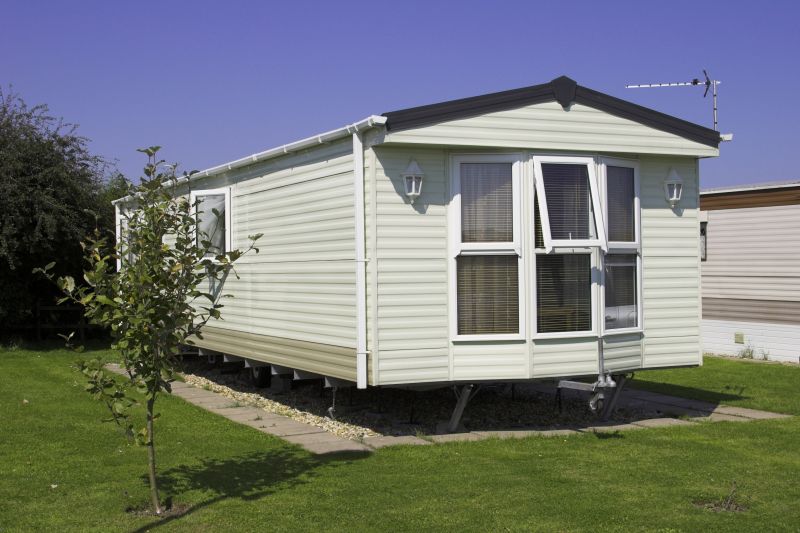
Finishes and colors that play nicely with Manufactured Home Siding Repairs.
Spring and summer are ideal due to warmer temperatures and lower humidity, facilitating easier installation and drying times.
Avoid repairs during heavy rain, snow, or extreme cold to prevent moisture issues and ensure proper material adhesion.
Plan repairs during mild weather windows to minimize delays and maximize durability of siding repairs.
Siding materials expand and contract with temperature changes; repairing during moderate weather prevents warping or gaps.
Manufactured home siding repairs play a crucial role in maintaining the structural integrity and aesthetic appeal of a home. Properly addressing damage such as cracks, warping, or holes prevents moisture intrusion and further deterioration. The choice of repair timing significantly impacts the effectiveness and longevity of the repair work. Conducting repairs during seasons with moderate temperatures and low humidity ensures materials adhere properly and reduce the risk of future issues.
Statistics indicate that siding repairs performed during optimal weather conditions have a 25% higher success rate in durability and appearance. Seasonal considerations also help prevent issues like siding warping or cracking caused by temperature fluctuations. Regular inspections and timely repairs can extend the lifespan of manufactured home siding by several years, saving costs over time.
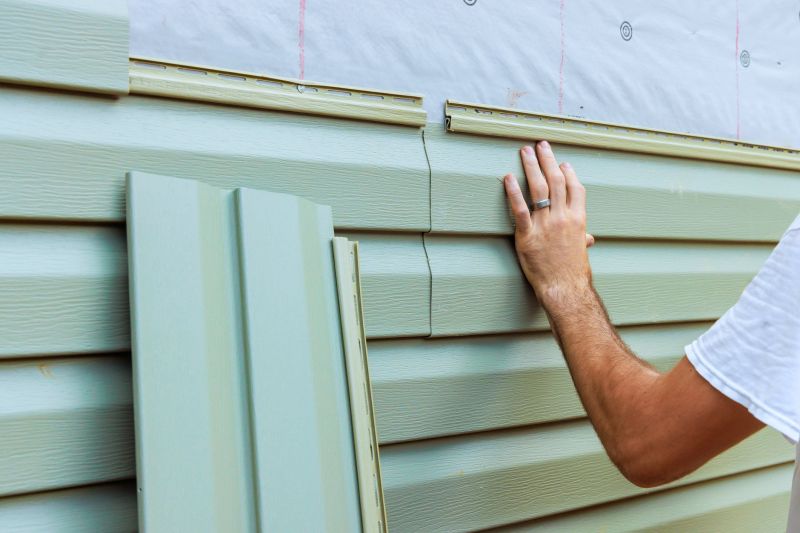
Spring offers moderate temperatures ideal for siding repairs and painting.
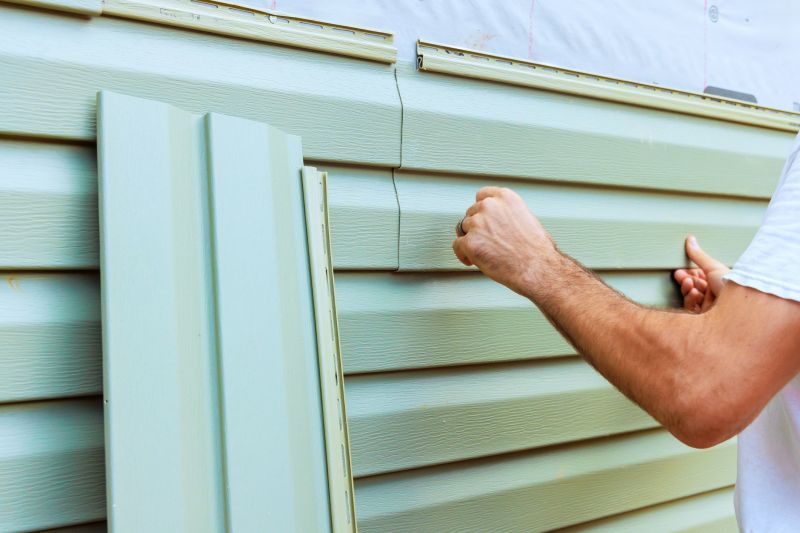
Warm and dry summer days facilitate quick and effective siding work.
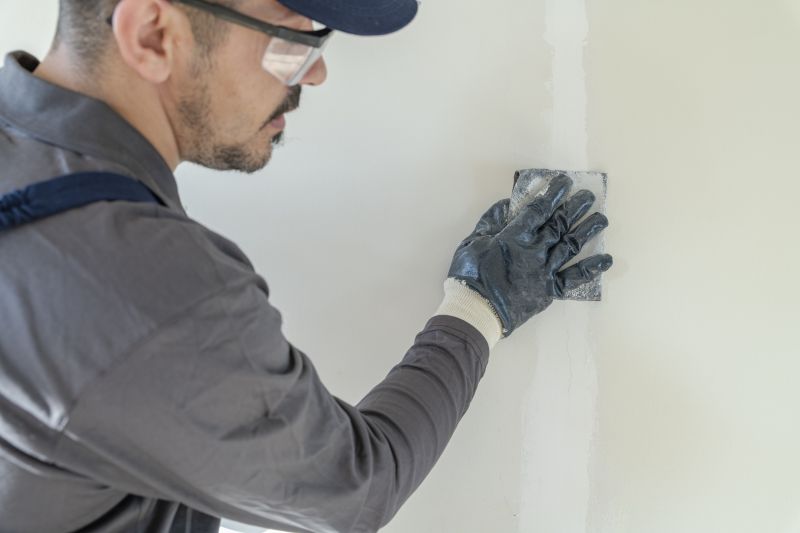
Early fall provides suitable weather before colder temperatures set in.
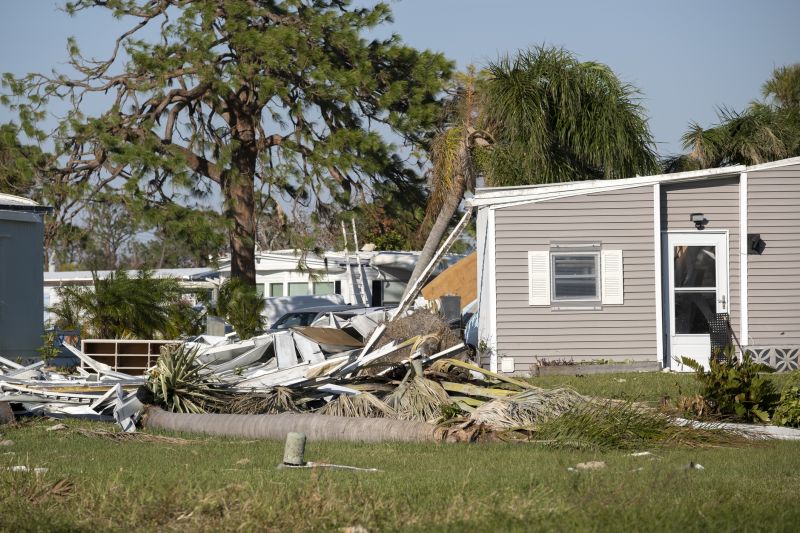
Cold and wet conditions can hinder siding repair efforts and cause future problems.
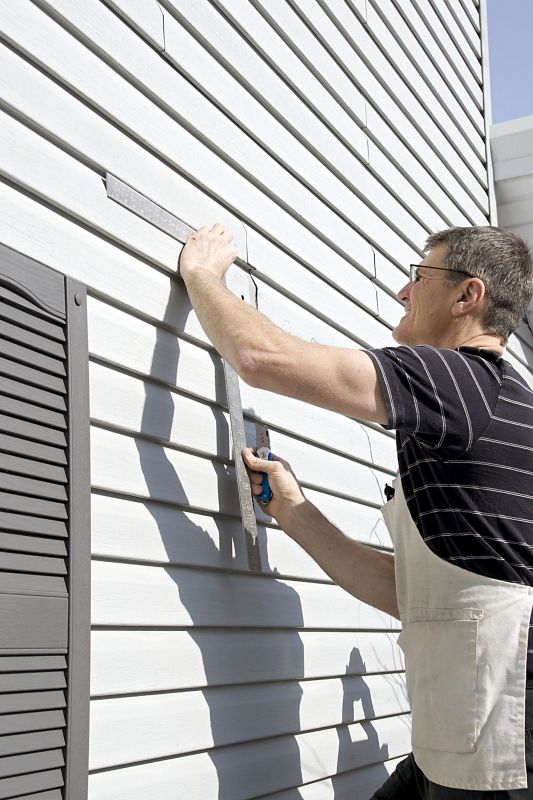
Little measurements that prevent headaches on Manufactured Home Siding Repairs day.

A 60-second routine that keeps Manufactured Home Siding Repairs looking new.
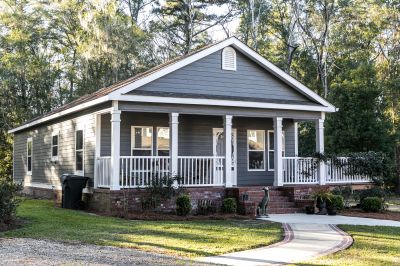
A frequent mistake in Manufactured Home Siding Repairs and how to dodge it.
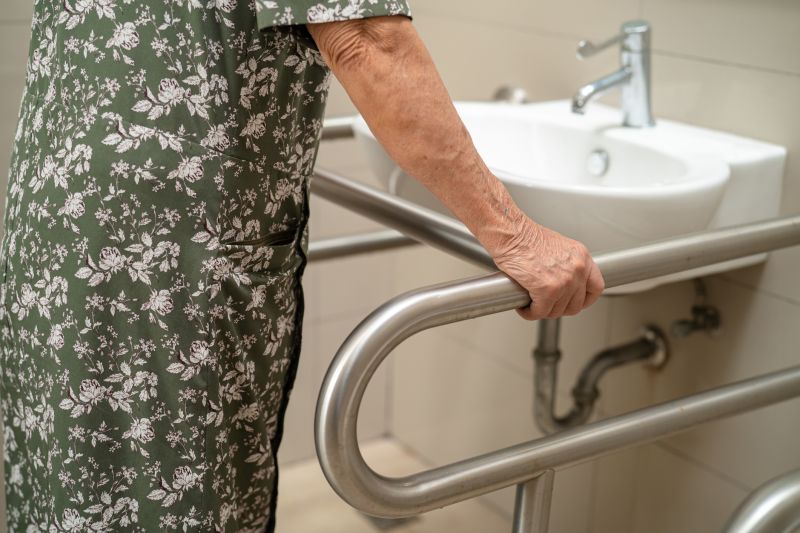
Small tweaks to make Manufactured Home Siding Repairs safer and easier to use.
| Season | Recommended Repair Activities |
|---|---|
| Spring | Inspect, clean, and replace damaged panels |
| Summer | Perform repairs during dry, warm days |
| Fall | Complete repairs before cold weather arrives |
| Winter | Avoid major repairs unless weather permits |
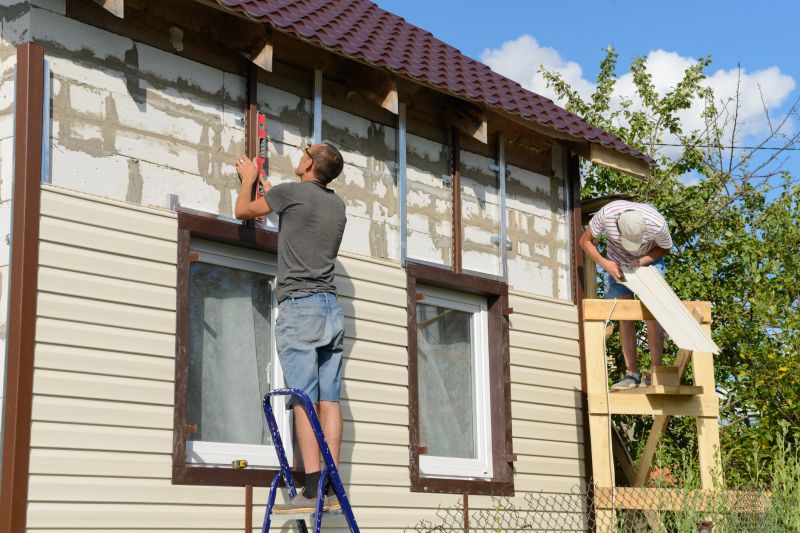
Step-by-step procedures ensure thorough and effective repairs.
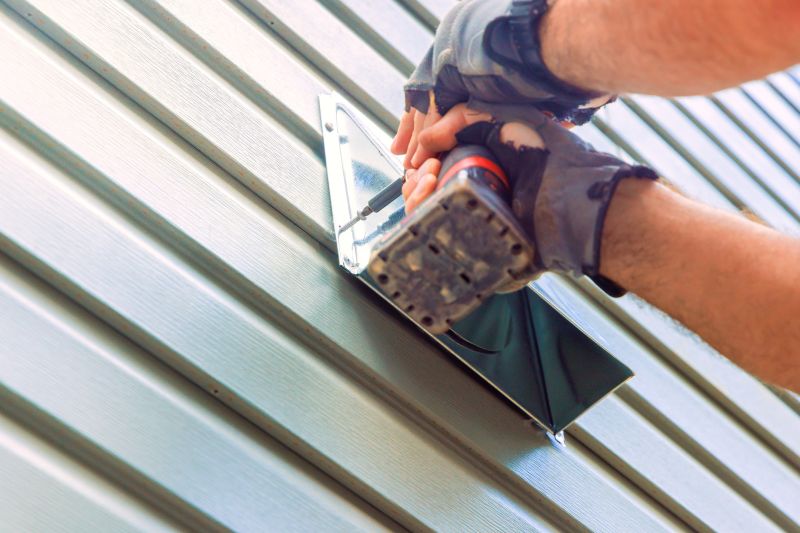
Using the right tools and quality materials enhances repair outcomes.
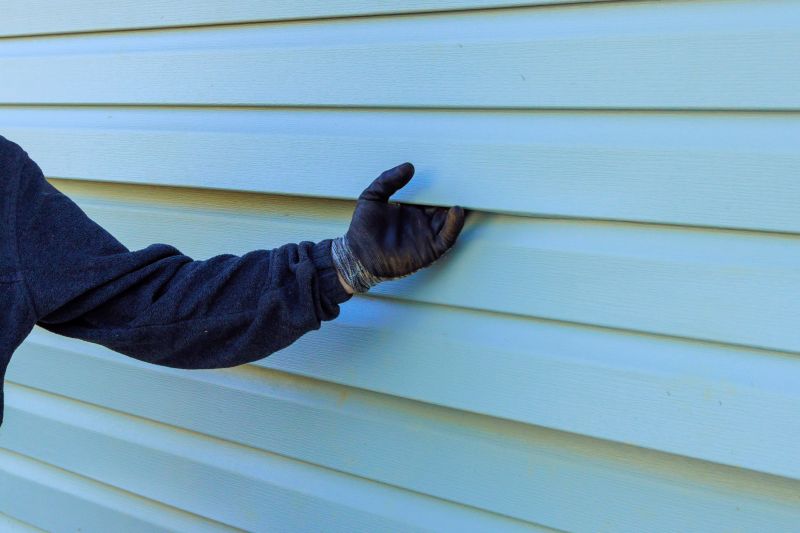
Proper sealing and finishing protect against moisture and weather damage.
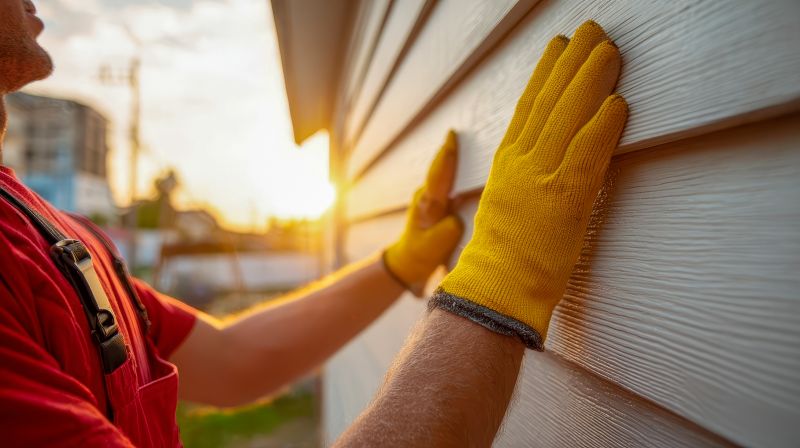
Final checks confirm repairs are complete and durable.
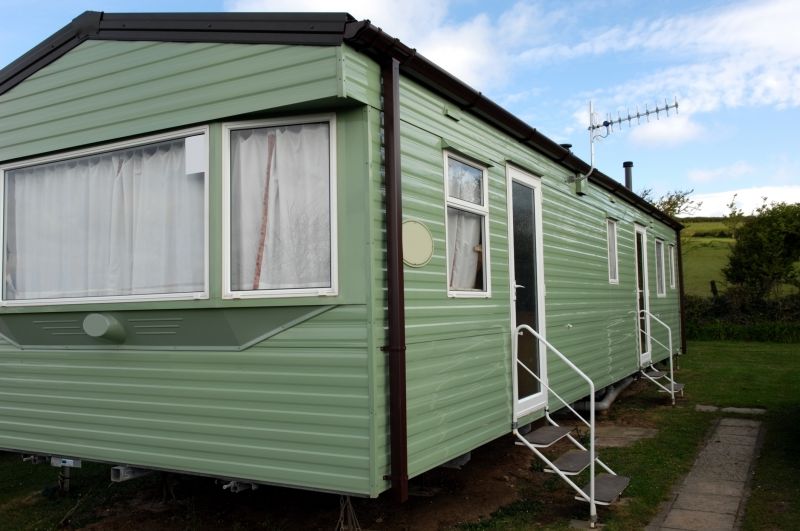
Lower-waste or water-saving choices for Manufactured Home Siding Repairs.
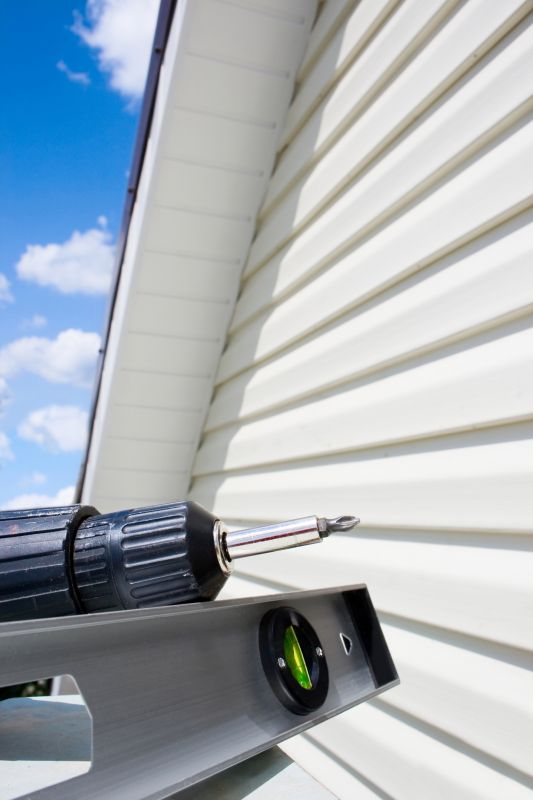
The short, realistic tool list for quality Manufactured Home Siding Repairs.
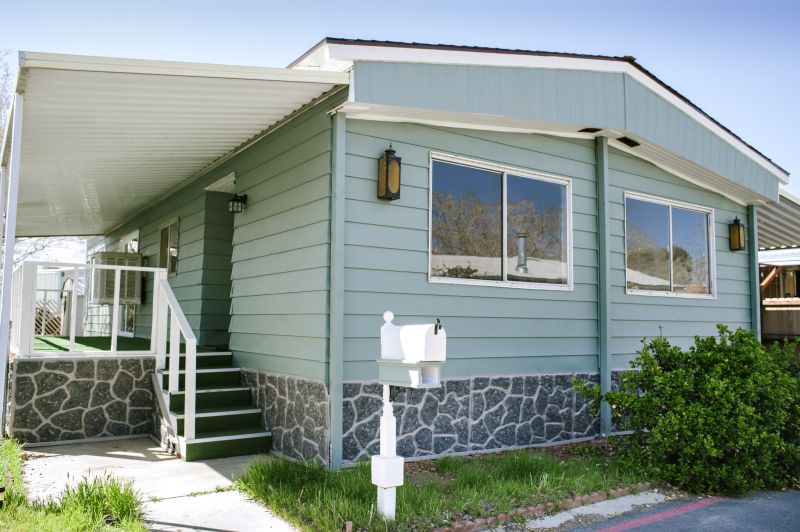
Rough timing from prep to clean-up for Manufactured Home Siding Repairs.
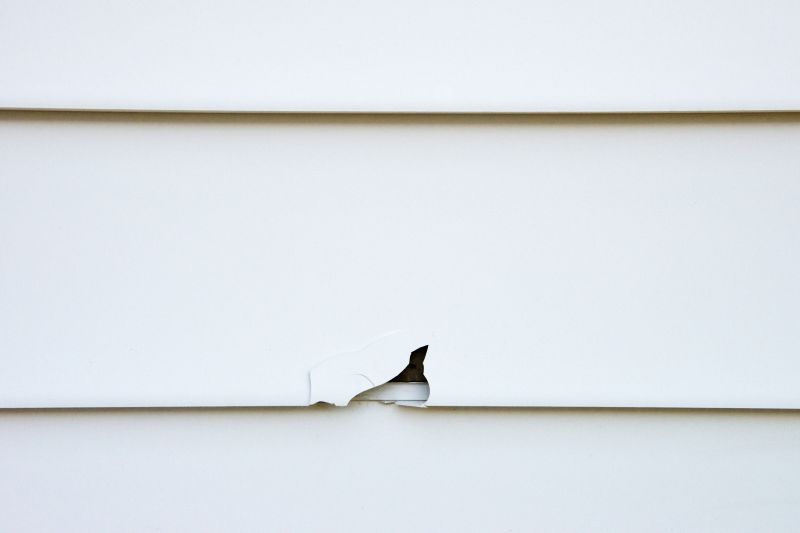
Quick checks and paperwork to keep after Manufactured Home Siding Repairs.
Timely and well-planned siding repairs are vital for maintaining the structural integrity of manufactured homes. Proper weather considerations, material selection, and repair techniques contribute to long-term durability. Regular inspections help identify issues early, reducing repair costs and preventing more extensive damage.
Interested in manufactured home siding repairs? Filling out the contact form can provide more information and help schedule assessments to ensure your siding remains in optimal condition.
